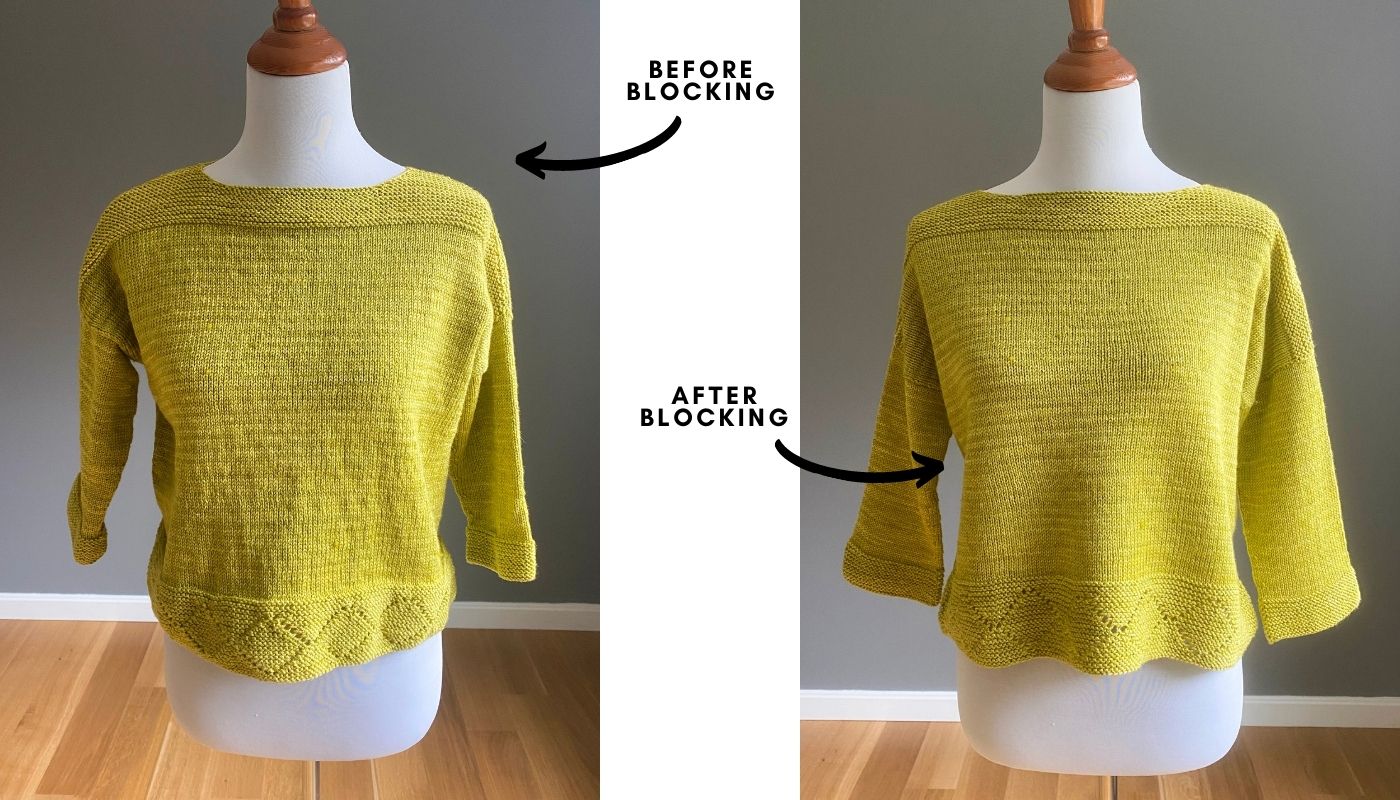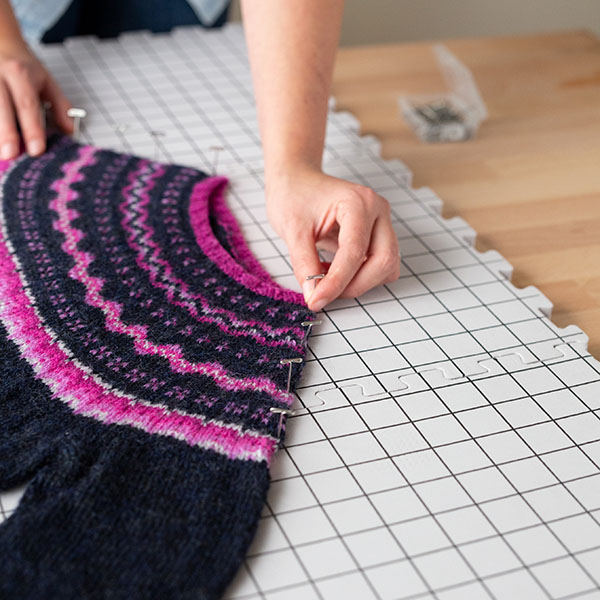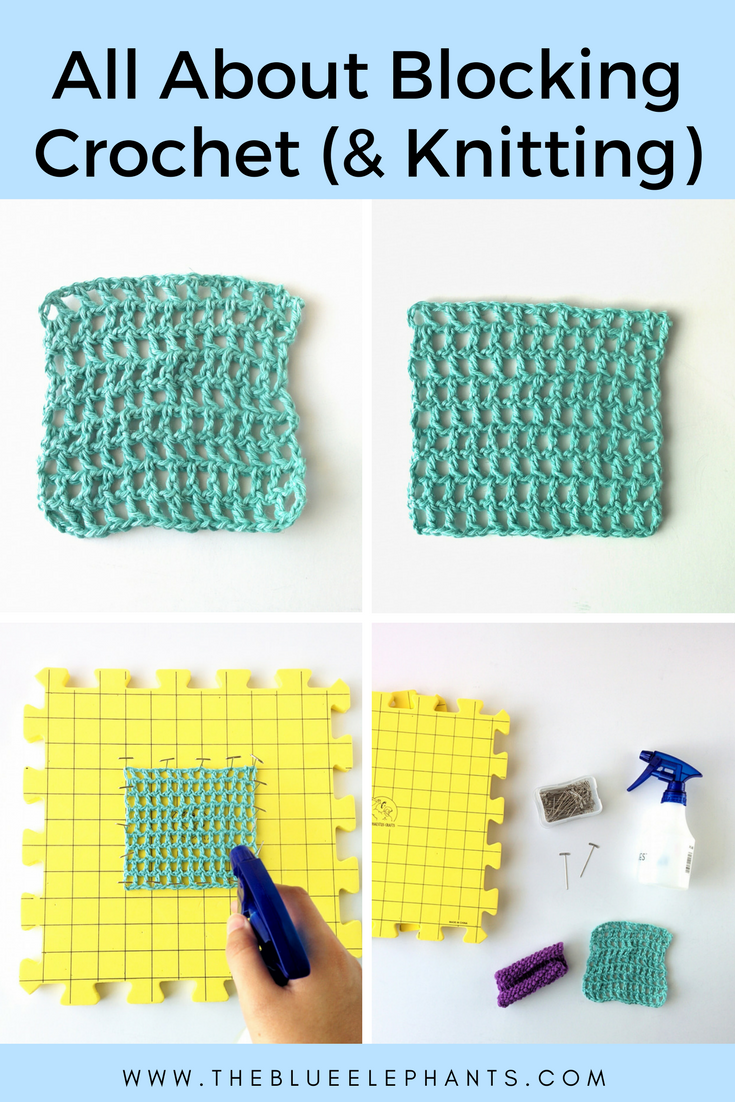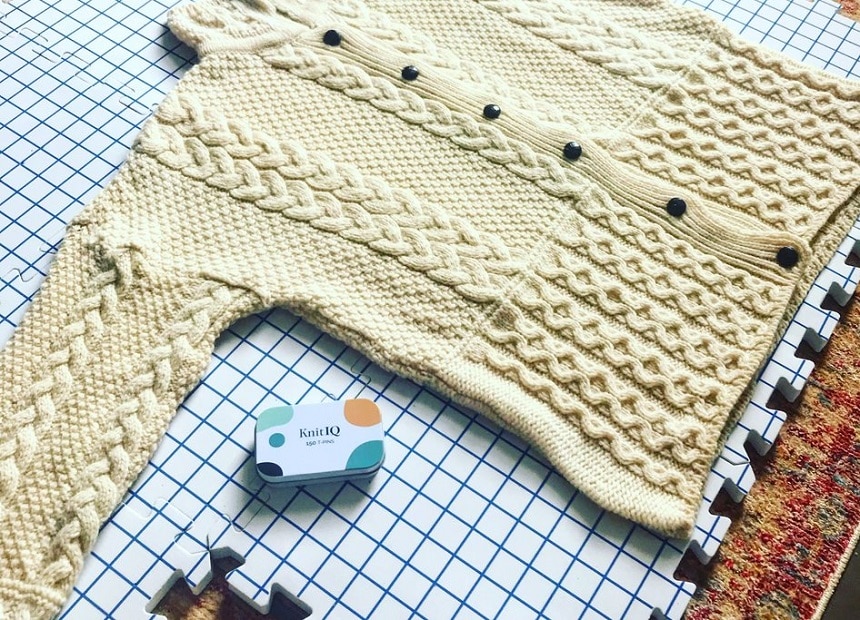What Is Blocking Knitting
What Is Blocking Knitting - Web blocking your knitting is a simple yet essential technique. No matter what method you use, the blocking process will stretch and smooth your stitching. Web blocking is an essential but often overlooked step in knitting. How it works and what you need to be aware. Do not rub, twist, or wring a handknit. This means that you stretch and shape your finished piece so that it has the correct measurements your pattern has given you. It involves shaping and setting the final size and form of your finished knitted piece. Blocking reshapes an item and redistributes the stitches so that they sit evenly. Should you block every project? Web blocking knits is a way of forming your project into a more perfect shape. Think of blocking your knitting like trimming the edge of your lawn after mowing it. 11k views 3 years ago. There are several techniques you can use to block knitwear, including wet, dry, steam, and damp blocking. Web blocking is an important final step for almost any knitting project. Web how to block knitting in 7 steps: In this video, i show you what yarns should be blocked an. Blocking is a method of stretching and shaping a finished knitted piece to reach the dimensions suggested in the pattern, to make two pieces that need to match the same size, or to make your stitches look nicer and more even. By dampening and then gently stretching the. The same swatch before and after blocking. So make sure to read all the way to the end! Web blocking is a process that you do once you have finished your knitting project. The process usually involves dampening the knit fabric by soaking, spraying, or directing steam at it. After being in your hands, in your knitting bag, and all. Web blocking is the final stage in a knitting or crochet project where you set the size and shape of your finished object and give it a professional finish. Can you get by without it? There are various ways to block a garment depending on the type of yarn used. Blocking is the process of wetting or steaming your final. How do you block knitting without mats? Web blocking is a process that you do once you have finished your knitting project. After being in your hands, in your knitting bag, and all over your house, your garment probably needs a little cleaning. Wet blocking is easier and safer as it mainly involves just washing and drying your project. It. Blocking involves the stretching and shaping of a finished knit to get the dimension suggested in its patterns accurately. It helps to have a flat surface to lay your garment on, and one that will absorb the wetness as well as withstand sticking pins into. Blocking is a method of stretching and shaping a finished knitted piece to reach the. All in all, it’s a pretty simple and straightforward process any beginner will easily be able to implement. Should you block every project? No matter what method you use, the blocking process will stretch and smooth your stitching. There are 2 main blocking methods: Web blocking is the finishing touch to a knitting project. Web blocking is the finishing touch to a knitting project. Blocking reshapes an item and redistributes the stitches so that they sit evenly. Before blocking knitting, weave in all loose ends; Experiment with blocking your gauge swatch before you block an actual knitted piece. It is a simple matter of washing or wetting your newly knitted item and letting it. The process usually involves dampening the knit fabric by soaking, spraying, or directing steam at it. Link to my patreon account: Check out the following to learn invaluable tips for blocking knitting. Some people never block their knitting, and some people swear by it. So make sure to read all the way to the end! Wet blocking and steam blocking. No matter what method you use, the blocking process will stretch and smooth your stitching. Blocking is the process of wetting or steaming your final pieces of knitting to set the finished size and even out the stitches. Web blocking is a process that you do once you have finished your knitting project. Think of. Web what is blocking? What is blocking in knitting? No matter what method you use, the blocking process will stretch and smooth your stitching. There are various ways to block a garment depending on the type of yarn used. Web blocking is a concept that can be applied to almost all patterns. During its first wash, a knitted garment will undergo a profound change — for a woolen handknit, the fibers will plump up and cohere into a beautifully even and sturdy fabric. Should you block every project? It involves shaping and setting the final size and form of your finished knitted piece. Web blocking is shaping and sizing a finished knit project by manipulating its fibers. You could use any flat surface to block your garments (i'm partial to the knitter’s block), just be sure that your knitted piece lies flat and fully dries so that its shape sets. Web wet blocking is one of the most transformative processes in knitting. Web what is blocking knitting? This means that you stretch and shape your finished piece so that it has the correct measurements your pattern has given you. Web blocking your knitting is a simple yet essential technique. 11k views 3 years ago. Actually, this goes for crochet too!![How to block knitting [The ultimate tutorial]](https://nimble-needles.com/wp-content/uploads/2023/03/a-knitted-project-before-and-after-blocking.jpg)
How to block knitting [The ultimate tutorial]

What Is Blocking In Knitting?

Before and After (blocking) Elizabeth Smith Knits

How to Block 100 Acrylic Yarn The Best Way for Knit + Crochet YouTube

Blocking your knitting with KnitIQ Blocking Combs KnitIQ US

How to Block Your Knitting Cocoknits

Tutorial Blocking Knits KnitPicks Staff Knitting Blog

How to Block Knitting YouTube

All About Blocking Crochet & Knits

Blocking Knitting The Detailed Guide for Beginners
Web Blocking Is An Essential But Often Overlooked Step In Knitting.
Blocking Knit Projects, At Its Most Basic Is The Process Of Wetting Your Project And Then Letting It Air Dry In A Particular Shape.
Web Blocking Is The Finishing Touch To A Knitting Project.
Web Blocking Is The Final Stage In A Knitting Or Crochet Project Where You Set The Size And Shape Of Your Finished Object And Give It A Professional Finish.
Related Post: